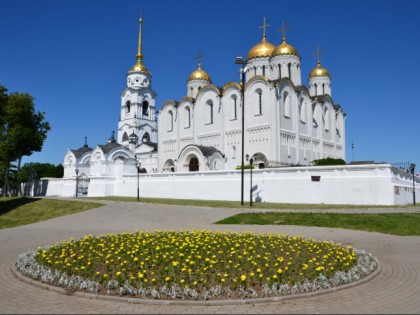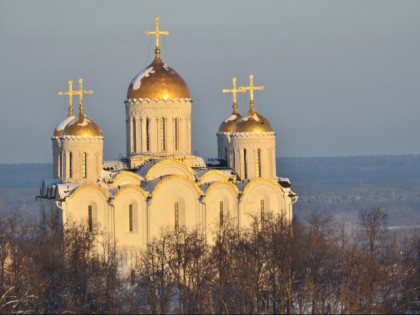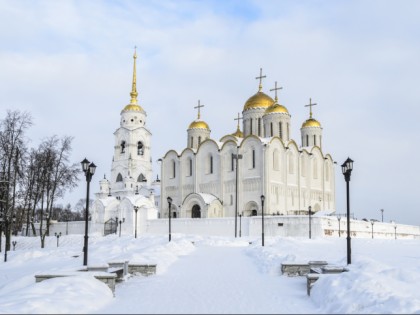Holy Assumption Cathedral - the main temple of the North-East of Russia
The white-stone Holy Assumption Cathedral with frescos of the famous icon painters of Russia Andrei Rublev and Daniil Chyorny is included in the UNESCO World Heritage List. It rises above Vladimir and the Klyazma River. The first wooden church was laid here by Prince Vladimir in 990. A white-stone three-nave cathedral with one head was erected at this place in the middle of the 12th century at the period of Prince Andrey Bogolyubsky’s tenure. It was the highest cathedral of that time. After the terrible fire of 1185, in which many churches suffered, the cathedral was rebuilt into a five-domed church. The remains of Andrey Bogolyubsky and his younger brother Vsevolod the Big Nest are buried in the Holy Assumption Cathedral.
The Holy Assumption Cathedral was rebuilt after a fire, arranged by the Tatar-Mongols in 1238. Moscow became the capital of Russia in the first quarter of the fourteenth century, but the princes were elevated to the Great Moscow throne here, at the Holy Assumption Cathedral of Vladimir till 1428. In 1395 the main shrine was removed from the church: the icon of Our Lady of Vladimir was transported to the capital. In 1408 the icon painters Andrei Rublev and Daniil Chyorny painted the walls of the church. The fragments of the huge fresco "The Last Judgement" have reached us. In the XVII century the Holy Assumption Cathedral came to desolation. When visiting the cathedral in 1767, Catherine II ordered to release funds for recreation of the splendor of the temple, and at the end of the 18th century a new three-level gilded baroque iconostasis appeared. In the XIX century the walls of the temple were renewed again. Since that time most of the survived frescos have come down to us. From 1922 to 1944 the church was closed. The belfry became a parachute tower. Now the cathedral divides the museum and the church. A monument to the saints of the Vladimir land - Prince Vladimir and Saint Fedor was established in 2007 in the southern corner of the park surrounding the cathedral.
GPS coordinates
56.12748912115856, 40.4092812538147
Phone
+7 492 2325201
Official website
Opening Hours
Now - closed
Mon-Sun
07:00-20:00
Nearby

Pyatnica
Restaurant • Bar
+7 4922 326797
Payment methods:

Nerl
Restaurant
+7 4922 602001
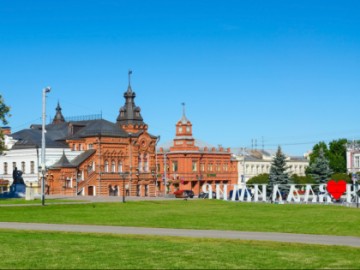
Cathedral Square
Parks and recreation • Other places

Praga
Restaurant • Bar • Catering
+7 930 8333533
Payment methods:

Shaurma хauz
Fast Food • Café

Veggie bro
Vegetarian restaurant • Café • Catering
+7 915 7677222
Payment methods:

Chaplin
Restaurant • Night Club • Banquet room • Bar • Hookah bar
+7 4922 779102
Payment methods:
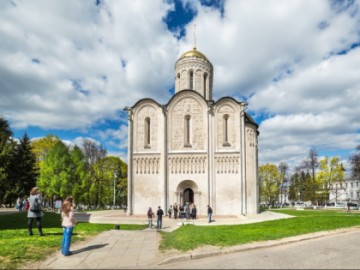
Cathedral of Saint Demetrius
Architectural Monuments • Temples and places of worship • Cathedrals and churches • Other places

Soхo
Steak House • Karaoke • Bar
+7 4922 323784
Payment methods:

Tokio
Restaurant • Sushi bar • Catering
+7 4922 470606
Payment methods:

Oblomov
Restaurant • Banquet room • Catering
+7 4922 326818
Payment methods:

Pshenichnyj Kot
Patisserie • Banquet room • Café
+7 4922 472109
Payment methods:

Bazilik
Bar • Pizzeria • Trattoria
+7 4922 373302
Payment methods:
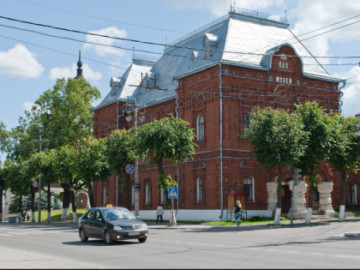
History Museum
Museums and Exhibitions • Other places

Abazhur
Café
+7 4922 421156
Payment methods:

Siti-miks
Sushi bar • Café • Catering
+7 4922 464748
Payment methods:

Metelica
Banquet room • Café • Catering
+7 4922 323757
Payment methods:

Pelmen
Bistro • Café
+7 930 8307910
Payment methods:

Vladimir
Restaurant • Banquet room • Hotel • Catering
+7 4922 324447
Payment methods:

Pitejnyj dom kupca Andreeva
Brewery • Bar • Café
+7 4922 326545

Planeta Karaoke
Restaurant • Karaoke • Banquet room • Sushi bar • Café
+7 4922 470918
Payment methods:

Oblomov
Restaurant • Banquet room • Catering
+7 4922 326818
Payment methods:

Villa
Restaurant
+7 4922 472223

Aziya
Banquet room • Café
+7 4922 400505
Payment methods:

VilkiNet
Sushi bar • Café • Pizzeria
+7 4922 555055
Payment methods:

Staryj Gorod
Restaurant • Night Club • Karaoke • Banquet room • Hookah bar
+7 4922 779479
Payment methods:
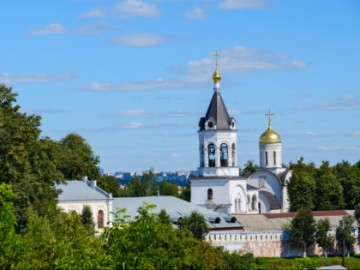
Theotokos-Christmas Monastery
Architectural Monuments • Temples and places of worship • Abbeys and Monasteries • Other places

Panorama
Restaurant • Karaoke • Banquet room • Hotel
+7 4922 464746
Payment methods:

De Paris
Coffee shop
+7 904 2605184
Payment methods:

Staraya krepost
Café
+7 4922 420935

Panorama

Vladimir
Restaurant • Inn • Banquet room
+7 4922 327373

Kabuki
Restaurant
+7 4922 323898
Payment methods:

Panorama
Restaurant • Banquet room • Lounge
+7 4922 464746
Payment methods:
